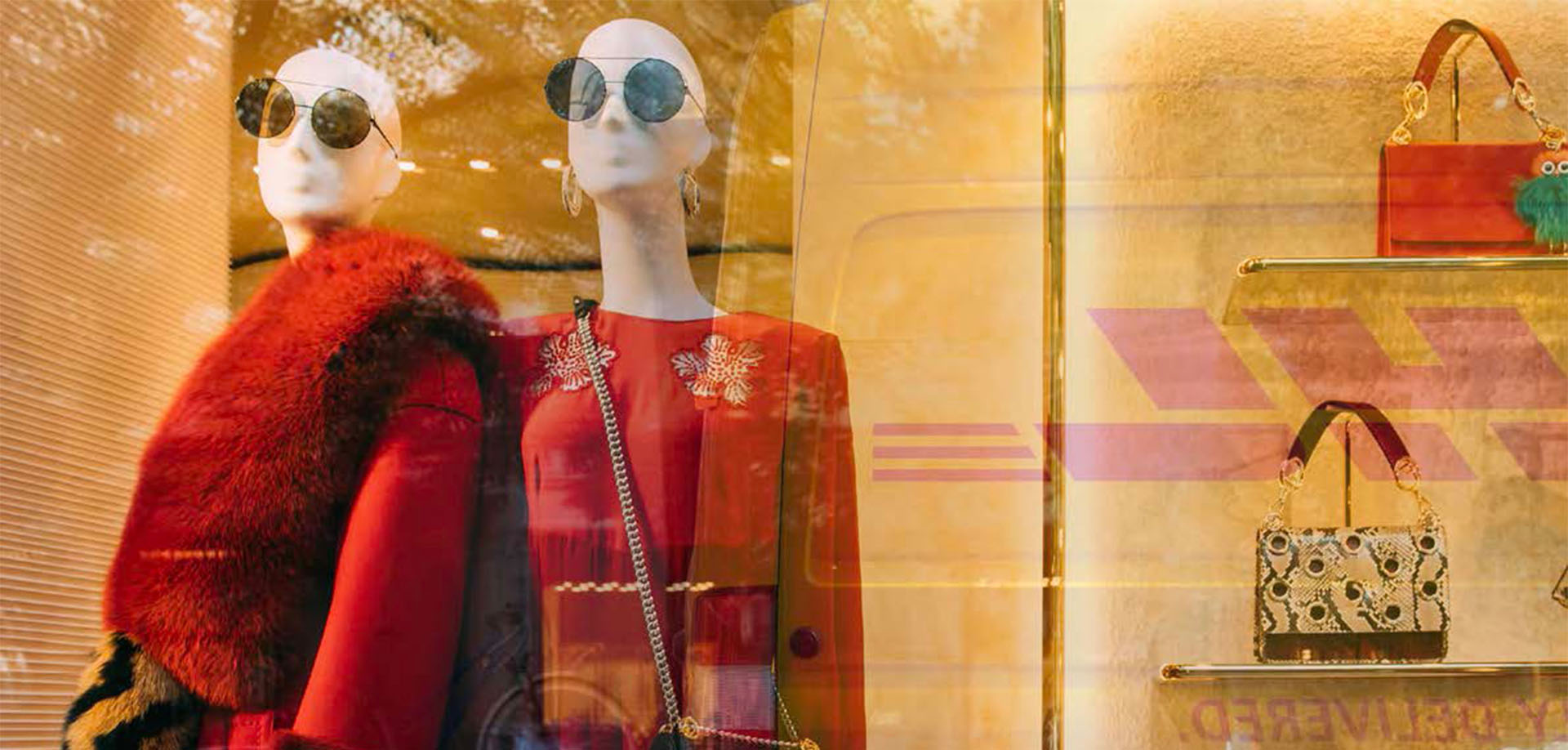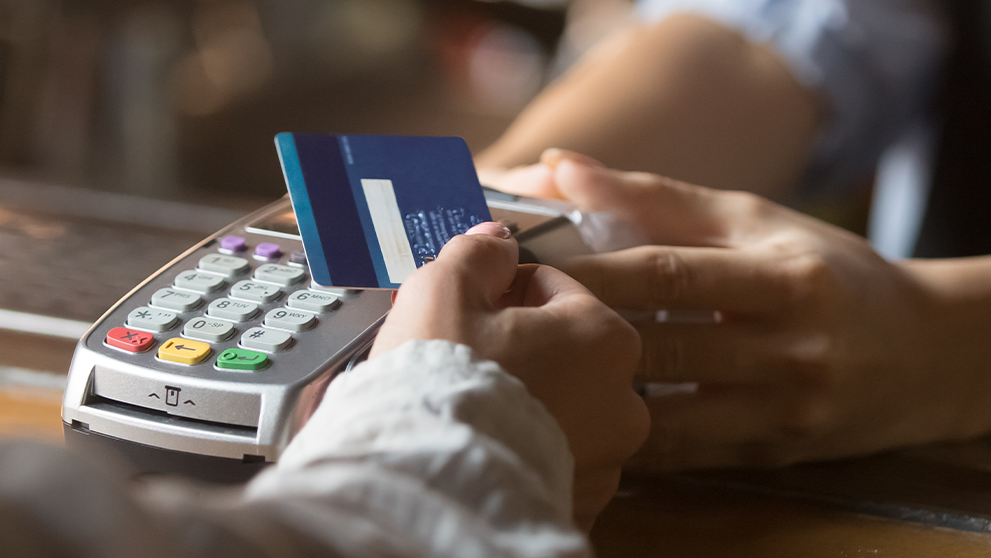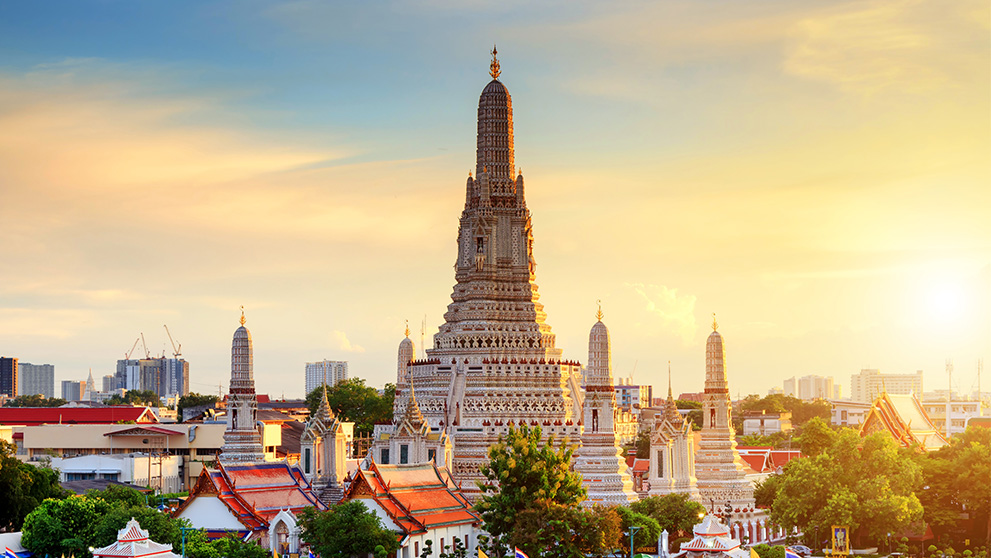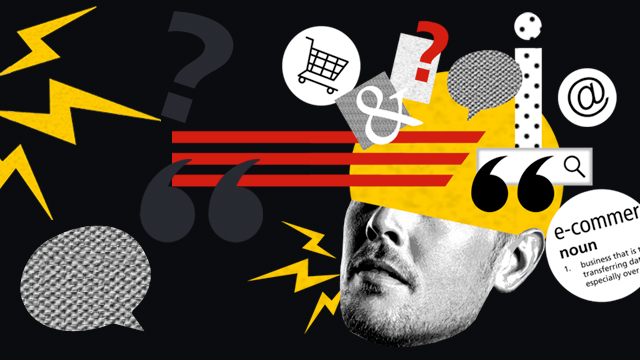Uncover the latest luxury goods market trends and discover how mastering the logistics of luxury can elevate your brand and drive success in this competitive industry. From sustainable supply chains to premium delivery services, explore the strategies that set leading luxury brands apart.
It’s tempting to think of the luxury goods market as operating in serene isolation, untroubled by changing tides in the global economy or consumer trends.
In reality, the luxury industry is experiencing a boom. Growth in the sector is expected to race over the next ten years. This shift is driven not by wealthy Western shoppers or ‘old money’ but by emerging markets and technological advances.
Understanding what’s behind the luxury goods market trends and how to capitalize on them can give you a competitive advantage in this most lucrative of environments.
Luxury Goods in Numbers and the Shift to Asia
As DHL’s The Logistics of Luxury report shows, seismic shifts in the luxury goods market are in motion. In 2022, Asia became the largest market for luxury goods in the world. Global revenues reached US$312.6 billion - and Asian countries accounted for US$124.2 billion or 40% of the total. In comparison, Europeans spent US$88.7 billion and the Americas US$86.9 billion3.
Fast forward to 2028 and global revenues are predicted to hit US$419 billion - an increase of 34% in just 6 years - with Asia accounting for US290.8 billion of the total. Overall, the projected Compound Annual Growth Rate in luxury goods between 2018 and 2028 will be 3.9%.
Quite simply, if you are in the luxury industry and you’re not engaging with Asia Pacific customers - you’re missing out.

Rise of the Millennials and the Demand for Sustainability
“Millennials and Gen Z are predicted to make up 70% of the luxury market by 2025(1)”
Another key change in luxury goods market trends is the increasing prevalence of Gen-Y, Gen-Z and Millennial shoppers. And as more and more of these next-generation shoppers reach the affluence threshold, their focus is on ‘Sustainable Luxury’. Both in terms of the goods themselves and their means of production, environmental concerns are front and centre. From environmentally friendly raw materials1 such as plant-based leather and lab-grown diamonds to ethical production and supply chain visibility, the onus is on luxury brands to demonstrate their green credentials.
Whether it’s rethinking packaging, implementing ethical work practices or teaming up with reseller brands to extend the lifespan of their products (the circular economy in luxury is big news), luxury brands are under the sustainability microscope.
Carbon reduction initiatives, circular supply chain practices, and the green technologies you deploy need to be showcased and broadcast on your luxury brand website. Your shoppers expect nothing less.
Circularity at the Heart of Sustainability
In fact, the Gen-Z and Millennial demand for Sustainability is driving an entire re-imaging of the luxury goods business model. The circular economy in luxury products is burgeoning with re-seller sites such as Vetiaire Collective, Designer Exchange and even Vinted providing a re-cycled luxury goods forum. Around 25% of shoppers globally are happy to purchase secondhand, and 1 in 10 are buying resold luxury goods3. And for those consumers who simply want the frisson of wearing the finest labels for a day or so, Rent-the-Runway and the Watch Lending Club give customers all the ‘feels’ of luxury ownership - at a fraction of the price.
eCommerce for Luxury Brands and the growth of the Sustainable Supply Chain
As these ‘site-ations’ suggest, there’s a third factor to the boom in luxury goods - the online and remote sales and rental opportunities. Although the vast majority of luxury goods are still purchased in-store, by 2027 online sales are expected to reach more than 18%3 of the total market. And this presents some exciting opportunities for luxury e-tailers. Design, manufacture, quality and personalization are the cornerstones of high-end products - and these parameters are equally important when it comes to the Logistics of Luxury….
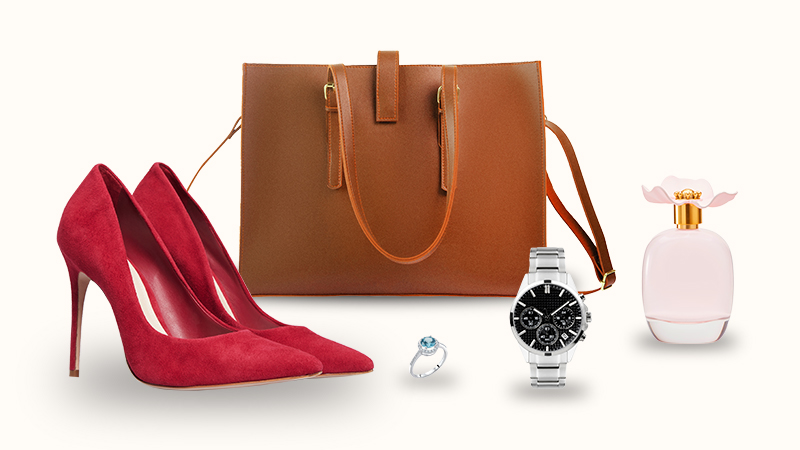
Omnichannel Fulfilment and Supply Chain Visibility
“the dynamics of global supply chains are constantly in flux’ The Logistics of Luxury
The luxury industry is centred around France, Italy and Switzerland with many of the world’s luxury goods designed, manufactured and distributed from Europe. Growth in new markets requires luxury brands to open regional and local fulfilment centres. These ensure resilience, speed to market and customer-centricity in the supply chain. However, these centres have to do more than house and distribute stock. With shoppers increasingly open to purchasing pre-owned items and regulators demanding more circular and sustainable practices, these centres are being asked to switch to omnichannel fulfilment becoming Omnichannel Processing Centers. Here, inventory can be tracked and managed, returns inspected and authenticated, and pre-loved goods repaired, refurbished, re-certified and resold.
Obviously, all these activities come at a cost, so smaller brands are joining forces to deliver the economies of scale required. Partnering businesses don’t just share the facility but also infrastructure and staff skills allowing them to establish and grow in new markets.
How a Control Tower Can Boost Profits
For years, Automotive, FMCG and Tech brands have benefitted from the greater supply chain visibility Control Towers offer. However, the luxury industry is still largely dependent on multiple distributors and logistics partners operating across diverse platforms - increasing complexity and hampering service.
A Control Tower solution, capturing all inventory data, enables luxury brands to get a clearer picture of manufacturing, warehousing, goods in transit and in-store - and how different markets and regions are operating. Armed with this knowledge, smart businesses can optimize ranges and reallocate stock to high-demand areas to increase turnover and profits. This level of supply chain visibility enables businesses to better manage demand, avoid stock-outs and make Available to Promise offers for high value, online customers.
Good visibility across markets and regions enables brands to switch summer and winter collections between the southern and northern hemispheres at the appropriate moment - and create timely promotions to increase sales of classic stock.
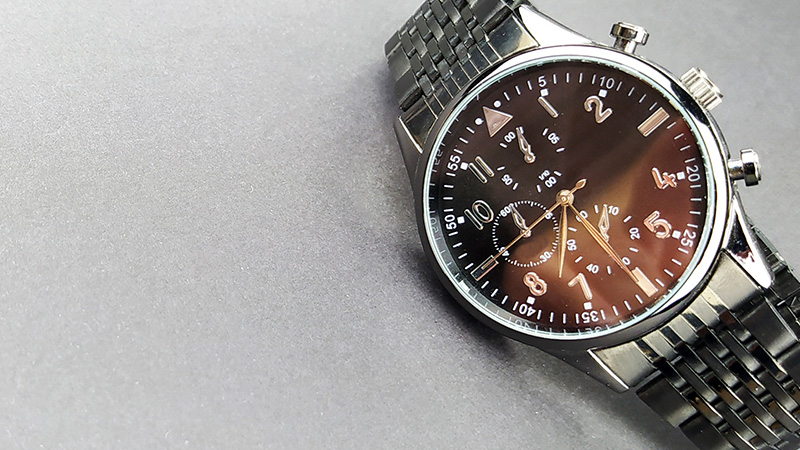
Security is Never a Luxury
“The luxury goods logistics industry faces significant security challenges. Recent trends have shown an increase in both the frequency and sophistication of threats.” - The Logistics of Luxury
Operating in the online luxury goods space comes with many challenges - and the greatest is probably Security.
Physical threats such as robbery, break-ins and rolling hits are on the increase, as are the risks of dark-web e-commerce fraud, insider stealing - goods and data - and ‘empty-box’ claims. Enhancing supply-chain security is an absolute necessity for luxury goods e-tailers.
There are a few simple, but highly effective, steps you can take to reduce your exposure:
Better packaging incorporating tamper-evident tapes and security seals is crucial to deter the opportunist thief. Ensuring customers know to inspect deliveries before accepting them should be highlighted on your website. Reducing the timeframe when a claim can be made encourages timely reporting and reduces the period in which evidence might be degraded. Ensuring your transport company has robust practices in place and can thoroughly investigate the legitimacy of a claim is vital. And encouraging any customer who flags up a security issue to report it to the police is key. Not only is your customer the direct victim of the crime – there are also severe penalties for false reporting!
Purchasing a luxury product has never been simply about owning the dress, the shoes or the watch. It’s about the whole ‘specialness’ of the purchase. So how can the online experience bridge the gap between the showroom and the home? The answer; Premium Delivery Services.
For luxury brand websites, the delivery experience is about more than logistics - it’s an extension of their identity. With luxury e-commerce sales anticipated to reach US$65 billion by 2025, there’s never been a better time for high-end online brands to invest in Premium Delivery services.
So what constitutes Premium Delivery? There are a number of factors but primarily four essentials: Delivery Options, Boutique Handover, Effortless Returns and, of course, Sustainability.
Flexible delivery options are a must. Two-hour windows, same-day and weekend deliveries, and the ability to specify and change the delivery date and location, all contribute to the impression that the purchase is centred around the customer, not the seller.
Boutique handover means delivery in luxury branded packaging by uniformed couriers instead of standard boxes and standard drivers. Personalized pre-delivery notifications also add to the impression that goods are being handled not just with care, but with great consideration!
Effortless returns polish the credentials of luxury brands. The process needs to be streamlined for the high-end shopper with label-less and instant returns. This is also an effective business practice for the brand helping to increase circularity and stock mobility.
Finally, there’s no point broadcasting your brand’s green credentials and ethical practices if the luxury goods purchased are then delivered by an emissions-spewing diesel van.
Using a Sustainable, eco-friendly delivery service with electric vehicles and recyclable packaging maintains the environmental contract between buyer and seller.

Crafting a More Sustainable Supply Chain
“championing sustainable logistics is critical for luxury brands to enhance perception.” - The Logistics of Luxury
Which brings us back to the indivisible relationship between Sustainability and luxury goods.
Many luxury brands' have Net Zero targets that focus on their own direct, Scope 1, carbon emissions and those of their 3rd party suppliers (Scope 2 emissions). What can be overlooked is that more than 90% of indirect emissions occur in the reporting company’s value chain5. These Scope 3 emissions are associated with supply chain, transportation and product use.
A number of critical levers are available to reduce emissions and achieve a more sustainable supply chain.
Optimization. Identify where processes can be streamlined without impacting service quality. Switching transport modes, opening a hub closer to your market or better utilization of route planning and predictive analytics can all make a difference.
Sustainable fuels. Bio and synthetic fuels reduce transport emissions. As luxury brands heavily rely on the speed and controlled conditions of airfreight, using carriers that offer Sustainable Aviation Fuel (SAF) can effectively reduce typical flight fuel emissions by up to 70%.
Technology. EVs are rapidly becoming the norm for first and last-mile transport. 30% of DHL’s global fleet currently runs on electricity – and that will be 60% by 2030. Luxury brand websites benefit from cleaner, quieter deliveries whilst burnishing their sustainability credentials.
Sustainable packaging. As the desire for ‘minimalist opulence’ – understated minimal luxury - continues to grow, the door is open for brands to embrace creativity and light the way for sustainable packaging. And as we’ve established, sustainability is a non-negotiable for luxury brand customers, employees and regulators.
In Conclusion…
Substantial projected growth, the rise of the circular economy in luxury goods, omnichannel fulfilment, and the continuing focus on sustainability and innovation, point to a transformation of the luxury industry. DHL’s Logistics of Luxury Report showcases the opportunities inherent in luxury e-commerce and offers strategic insights into how brands can navigate this evolving landscape.
By leveraging Premium Delivery services, adopting sustainable supply chain practices, embracing circularity, and working alongside an experienced logistics partner, luxury brands can meet the expectations of discerning consumers and position themselves for growth and competitive advantage.

